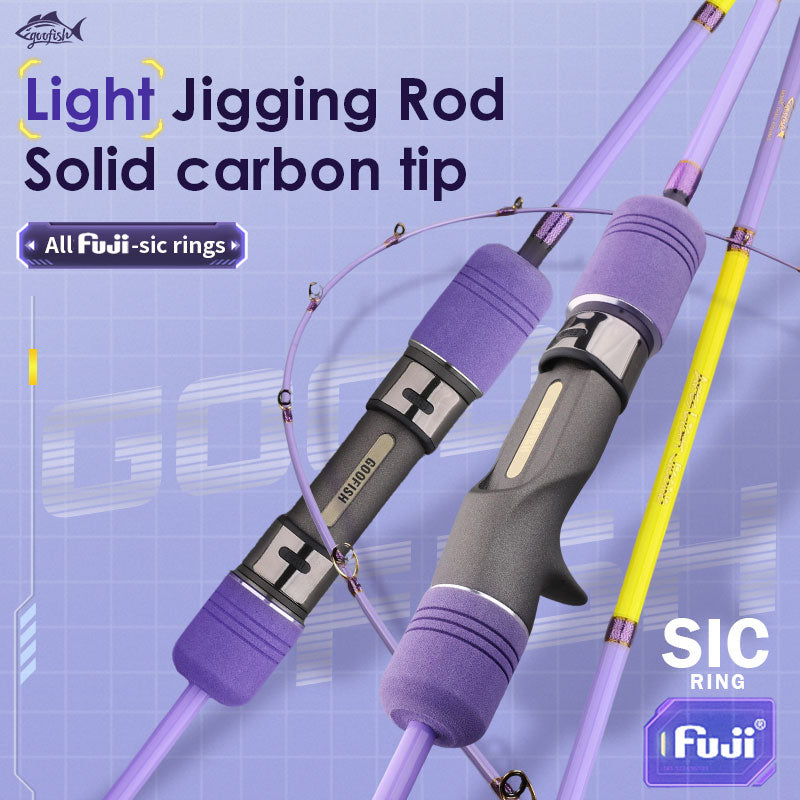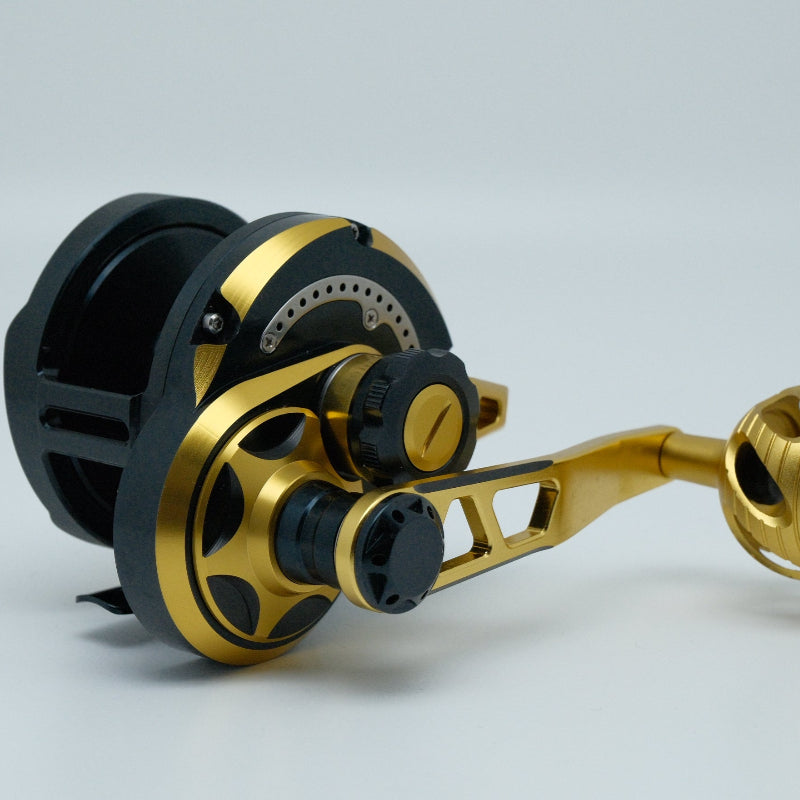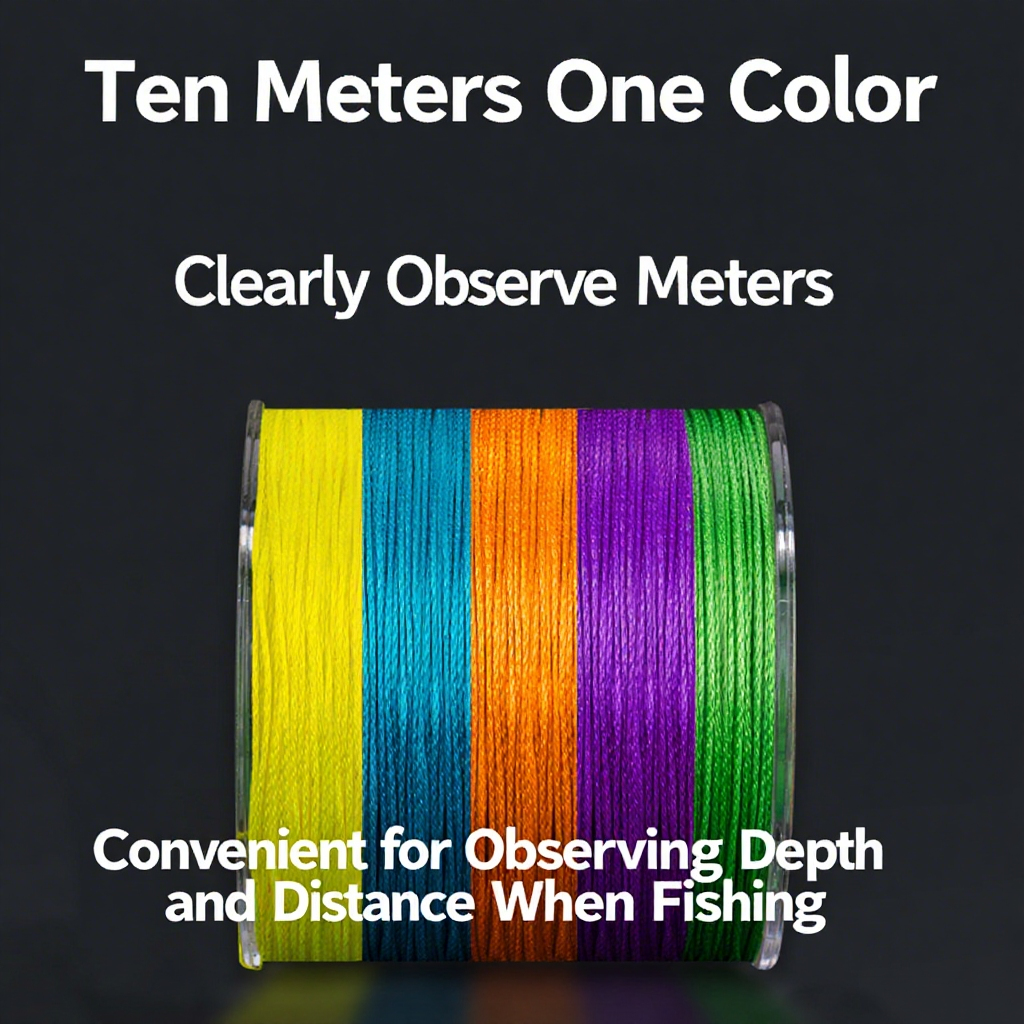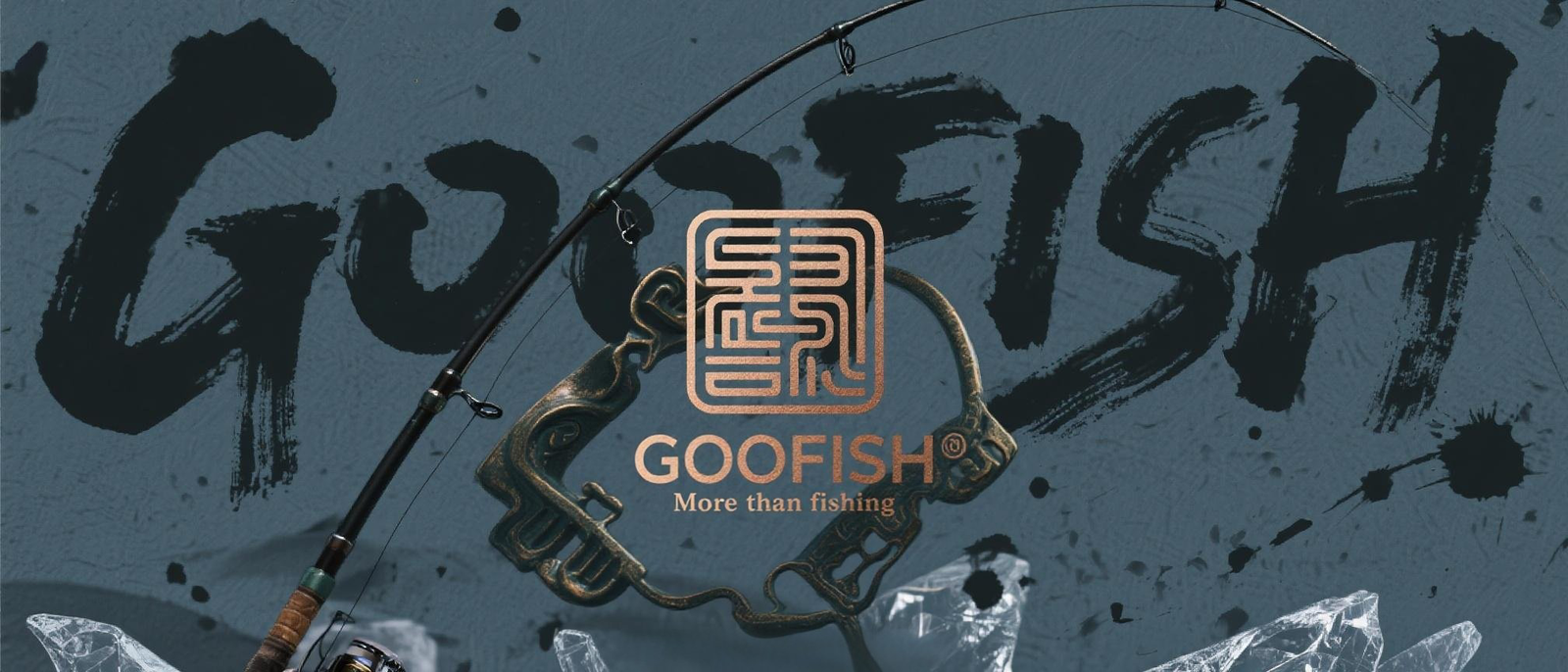Title: Streams vs. Lakes: How Gear and Tactics Differ for Trout Fishing in Moving vs. Still Waters
Meta Description: Discover the key differences in gear and tactics for trout fishing in streams vs. lakes. Learn which rods, lures, and techniques work best for river cutthroat trout, still-water trout, and more—plus, find out why a good trout spinning rod or Redington classic trout fly fishing rod could be your secret weapon.
When it comes to trout fishing, understanding whether you’re casting in a dynamic stream or a serene lake can make all the difference between a successful day on the water and a frustrating one. From gear selection to angling strategies, moving waters (like rivers and creeks) and still waters (like ponds and reservoirs) demand distinct approaches. Whether you’re targeting river cutthroat trout in rushing rapids or seeking lakes fishing rod for trout, here’s your guide to mastering both environments.
Fishing in Streams: Adapting to Moving Water
Streams and rivers present a fast-paced environment where trout rely on current dynamics to feed—and stay hidden. Here’s how to gear up and strategize for success in moving waters.
Gear for Stream Trout Fishing
In streams, precision and control are critical. Opt for a lightweight spinning rod or fly rod that allows you to cast accurately in tight spaces. For fly fishing enthusiasts, a Redington classic trout fly fishing rod is ideal—its responsive tip helps present flies naturally in rushing water, while its durability stands up to rocks and debris. If you prefer spinning gear, choose a good trout spinning rod with a medium-light action; this balances sensitivity for detecting strikes with the strength to land fish in fast currents.
Additionally, target-specific fishing rods like a river cutthroat trout rod (shorter and more maneuverable) can excel in narrow streams, helping you navigate overhanging branches and cast under low-hanging trees.
Tactics for Stream Trout Fishing
- Read the Water: Focus on seams (where current slows), pockets behind rocks, and shallow riffles—these are prime feeding zones for trout.
- Match the Hatch: Observe insects skimming the surface and select flies (e.g., dry flies, nymphs) that mimic them. For fast currents, use weighted nymphs or streamers to get lures down to trout holding in deeper holes.
- Precise Casting: Aim for spots where trout hide, using roll casts or mends to keep your line on target without spooking fish.
Fishing in Lakes: Embracing Still-Water Patience
Lakes and ponds offer a different challenge: trout roam open water, suspend at various depths, or linger near structure. Here, gear and tactics prioritize stealth, depth control, and presenting baits naturally.
Gear for Lake Trout Fishing
Still waters demand versatility. A good trout spinning rod paired with a baitcaster or spinning reel is versatile for tossing lures like soft plastics, crankbaits, or live bait. Look for rods with medium power to handle trout of all sizes, from pan-sized rainbows to larger lake-run browns. For fly fishing in lakes, a 9-foot intermediate or slow-sinking tip rod helps target suspended trout with wet flies or streamers.
Don’t forget accessories: polarized sunglasses to spot fish, a depth finder to locate schools, and a landing net to safely land trout in calm water.
Tactics for Lake Trout Fishing
- Target Structure: Fish drop-offs, weed beds, and submerged logs—trout use these as ambush points. Cast lures parallel to structure and retrieve slowly to mimic injured prey.
- Vary Retrievals: Use slow, steady retrieves for bottom-dwelling trout or fast, erratic motions for suspended fish. Try suspending live bait (e.g., minnows) under a bobber to target mid-depth trout.
- Pay Attention to Time: Early morning and late evening often see trout feeding actively, while midday may require probing deeper water with heavier lures.
Key Takeaways: Stream vs. Lake Trout Gear & Tactics
| Aspect | Streams (Moving Water) | Lakes (Still Water) |
|---|---|---|
| Primary Rod Type | Fly rods (e.g., Redington classic trout fly rod), lightweight spinning rods | Medium-power spinning rods, baitcasters, or fly rods for suspending lures |
| Tackle Focus | Small, precise flies/nymphs; weighted lures | Soft plastics, crankbaits, live bait; vary retrieval speeds |
| Key Tactics | Seam fishing, nymphing, precise casting | Structure fishing, suspending baits, depth targeting |
Whether you thrive in the rush of a stream or the calm of a lake, the core of trout fishing is adaptability. By matching your gear to the environment and refining your tactics based on trout behavior, you’ll boost your chances of landing more fish. Remember: a good trout spinning rod or a specialized river cutthroat trout rod is only as effective as the knowledge behind it. So, grab your gear, hit the water, and let the adventure begin!
Ready to share your favorite trout fishing gear or spots tips? Drop a comment below—we’d love to hear from you!











Leave a comment